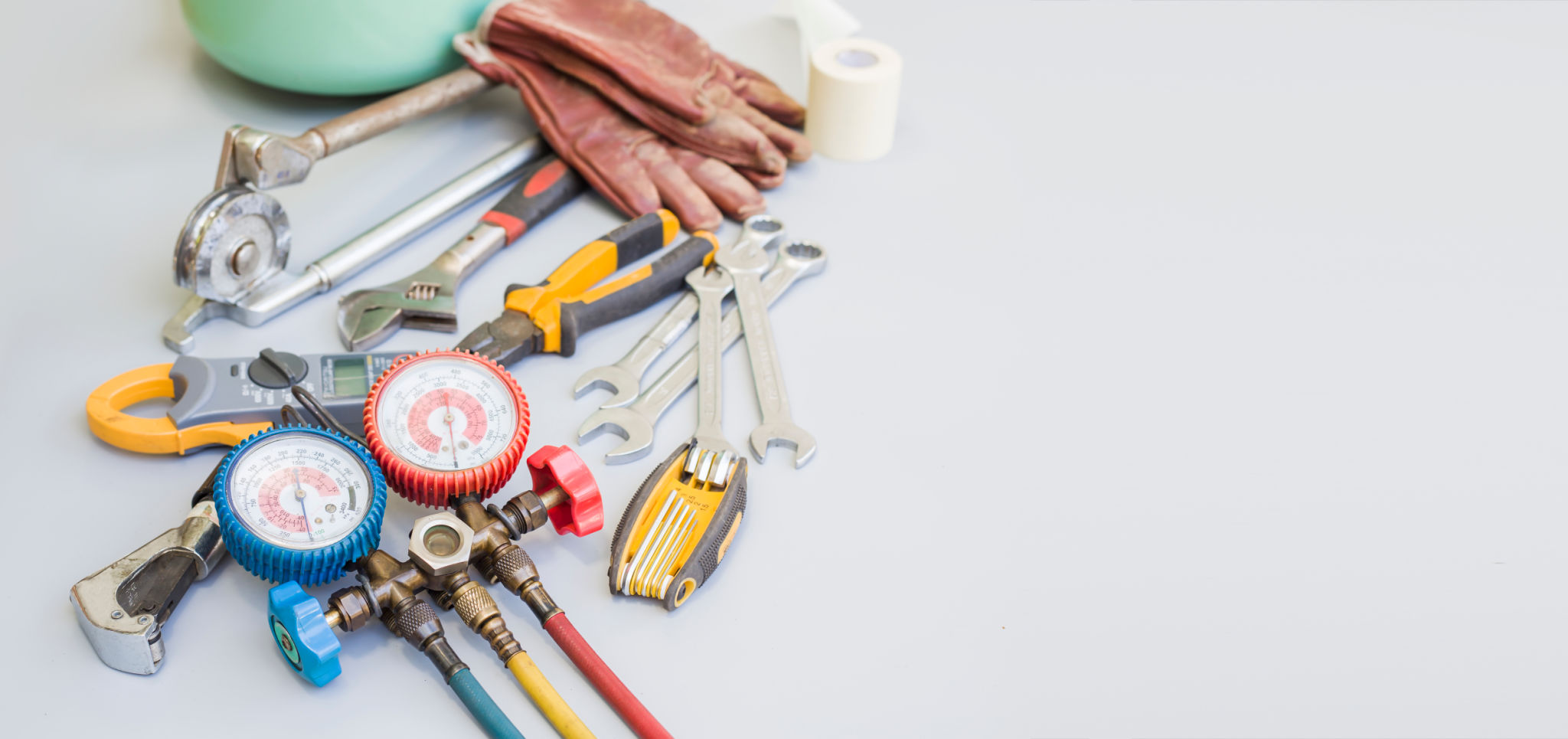How to Choose Between Glue-Down, Nail-Down, and Floating Floors
Introduction to Flooring Options
When it comes to choosing the right flooring for your home, the options can seem overwhelming. Three of the most popular installation methods are glue-down, nail-down, and floating floors. Each method has its own set of advantages and considerations, making it crucial to select the one that best suits your needs and preferences.

Glue-Down Floors
The glue-down method is a traditional flooring installation technique where the floorboards are adhered directly to the subfloor using a strong adhesive. This method is particularly ideal for concrete subfloors or areas with radiant heating.
Pros: Glue-down floors offer excellent stability and are less likely to shift over time. They also provide a quieter walking experience compared to other methods. If soundproofing is a priority, this might be the best option for you.
Cons: The installation process can be labor-intensive and messy due to the adhesive. It may require professional installation, adding to your overall costs.
Nail-Down Floors
Nail-down flooring is a classic method often used for solid hardwood floors. Here, the floorboards are secured to a wooden subfloor using nails or staples.

Pros: Nail-down floors are known for their durability and strength. They are an excellent choice for long-term investment in your home. This method allows for easy refinishing if you wish to change the look of your flooring in the future.
Cons: This method is not suitable for concrete subfloors, limiting its flexibility in certain areas of your home. The installation process can be complex, requiring precise techniques and tools.
Floating Floors
Floating floors are a modern installation option where the floorboards are not attached to the subfloor. Instead, they snap or click together, forming a "floating" assembly above the subfloor.
Pros: Floating floors are DIY-friendly and can be installed quickly without professional help. They are versatile and can be placed over various subfloor types, including existing flooring, making them a convenient choice for renovations.

Cons: Floating floors may produce a hollow sound when walked on, which some homeowners find less appealing. They can also be less stable in high-moisture environments unless a moisture barrier is used.
Making Your Decision
When deciding between glue-down, nail-down, and floating floors, consider factors such as your subfloor type, budget, and personal preferences. If you prioritize stability and soundproofing, glue-down might be your best bet. For those looking for a long-lasting solution with easy refinishing options, nail-down could be ideal. Floating floors offer flexibility and ease of installation, perfect for a quick home update.
Ultimately, each flooring method has its own merits. By understanding the pros and cons of each, you can make an informed decision that aligns with your lifestyle and enhances your home's aesthetic appeal.